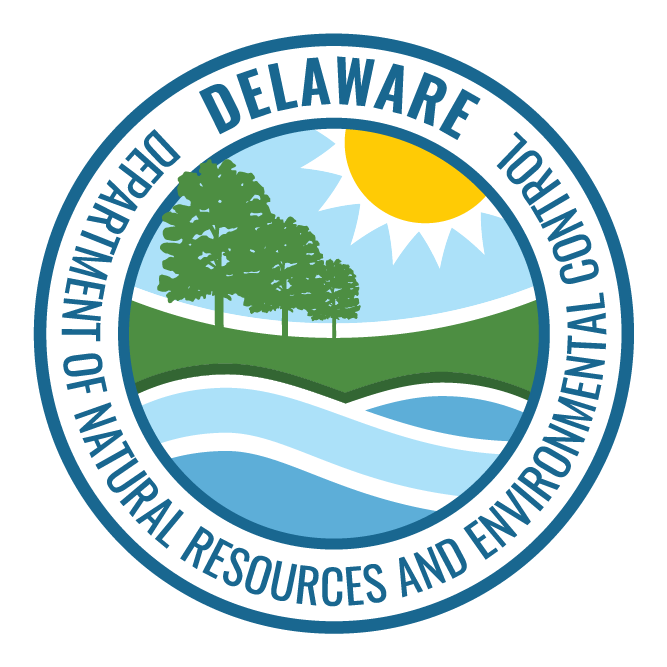Pages Tagged With: "science"
Meet the Lemurs (and More!) at The Brandywine Zoo
They have long striped tails, intense eyes and they’re full of antics. Meet the lemurs – and the other animals – at the Brandywine Zoo’s new Madagascar Exhibit.Our Planet, Our Responsibility
Most of us do the best we can to reduce our carbon footprint by recycling more, taking more public transportation, or using less electricity to heat and cool our homes. But what else can we do? Outdoor Delaware asked our experts for a list of the best ways we can help our planet.The Transformers
You may not have heard about them, but there are brownfields all over Delaware. They’re neither pretty nor healthy. That is, until we step in to clean them up and make way for redevelopment.More Than a Drink of WATAR
Safer water for us, less flooding and shad returning to their spawning grounds in the Brandywine River. Our WATAR team is making it happen.Answering the Call 24/7 – Our Emergency Response Team
Our Emergency Response Team is the state’s designated first responder for environmental emergencies. The team is on call 24/7 to respond to emergencies from oil spills to clandestine drug labs, chemical leaks, radiological incidents and many more that may occur.Scientific Collection Permits
The Division of Fish and Wildlife issues permits to collect protected wildlife, finfish, shellfish or their nests or eggs for scientific, education or propagating purposes. Permits are issued for up to one year and may require review and approval from a relevant taxa project leader. [column md=”6″ xclass=”col-xs-12 col-lg-5Microplastics: A Not So Tiny Tale
What happens to plastic after it fulfills its original purpose? Recycling gives many plastic items a second use but vast amounts are discarded and make their way into the environment. Some of this becomes microplastics. DNREC scientists are working on ways to clean them up.Our Weatherization Assistance Program – Helping Families Reduce Energy Costs
DNREC can help even out the potentially high costs of home heating, and make a home more energy efficient, through the Weatherization Assistance Program.Hanging with the Bats
Many of us are scared of bats. But they’re far more beneficial than harmful – and they’re not out to get us.What Really Happens to Recyclables in Delaware
Every week, thousands of tons of paper, glass, plastic, cardboard and aluminum make their way to a large facility sitting between Interstate 295 and Interstate 495 in New Castle near the Delaware River. This is the Materials Recovery Facility, and it processes much of Delaware’s recyclables.Gone Herpin’ — DNREC Catalogs Delaware’s Reptiles and Amphibians
As anyone who’s searched for them knows, finding snakes, turtles, frogs and other reptiles or amphibians isn’t always easy. For conservationists, who must develop detailed plans around propagating species that are typically rare to begin with, it can be even more difficult. Experts have too often lacked good data about these critters, including where exactly they live. Mapping the range of every species in our state is a very big task. But, thanks to a very extensive project that took the better part of a decade, the Delaware Department of Natural Resources and Environmental Control now has a better idea about the location of reptiles and amphibians here.Our Own Toliara
Toliara is a radiated tortoise who lives at the Brandywine Zoo. Radiated tortoises are reptiles and considered among the most beautiful in the world. His ancestors emerged on land shortly after dinosaurs became extinct some 65 million years ago.What About Kestrels? DNREC is Finding Out
The American kestrel is a pint-sized yet ferocious aerial predator notorious for taking out tree swallows or bluebirds in mid-air. About the size of a mourning dove, this raptor is the smallest and most colorful falcon in North America. But the species is also in danger. Kestrel populations have been falling, with the Mid-Atlantic region experiencing the greatest decline.Jellyfish to Watch Out For
Are you planning to go for a swim? If so, you may encounter jellyfish because they love warm water. And there are several species of jellies you should keep a watchful eye on as you venture out for a dip.Everything Including the Kitchen “Sink” — Delaware’s Artificial Reefs
Over 20 years, Delaware has recycled more than two million tons of rock, 100,000 tons of concrete, 86 tanks and armored personnel carriers, 1,329 retired subway cars and 27 retired vessels to create new, artificial reefs.Delaware Bay Horseshoe Crab Spawning Survey
Citizen scientists and state researchers have surveyed the horseshoe crabs spawning along Delaware Bay beaches since 1990. The data they have collected has been key for scientists in monitoring changes in numbers of spawning crabs in the Bay.Contact
DNERR HSC Survey 302-739-6377
Fish Monitoring via Electrofisher
The DNREC Division of Fish and Wildlife uses electrofishing to safely sample fish populations in a variety of water bodies. Electrofishing is one of the most efficient sampling methods available to fisheries biologists. It uses an electric current to temporarily stun fish. This lets biologists sample and survey fish populations with minimal disturbance and riskCoastal Monitoring
DNREC’s Delaware Coastal Programs conducts long-term monitoring to help understand the coastal environment. The data collected provide insights into complex estuarine ecosystems. They help local and national leaders understand the vulnerability and resilience of our coast — and the effects of a changing climate. [panel type=”success”Applied Coastal Science
An extensive and dynamic applied coastal science and monitoring program provides scientific data to inform management strategies for the conservation of critical coastal resources. The current focus areas include looking at issues related to climate change and sea level rise, water quality, animal and plant life, the interface between humans and the coastal ecosystem, and more.Report a Tagged Largemouth Bass
The Division of Fish and Wildlife monitors largemouth bass in Delaware rivers to help maintain a sustainable bass population and provide recreational fishing opportunities. Reports from anglers about the tagged bass they catch are an important part of the effort. Bass are tagged when the Division conducts fishDelaware Coastal Programs
The Coastal Programs Section of the Division of Climate, Coastal and Energy serves as the Department’s research, education, and policy lead for coastal and ocean issues. It helps manage Delaware’s federal coastal zone and balance the use and protection of its resources through the integrated efforts of the Delaware Coastal Management Program and Delaware National Estuarine ResearchUnderstanding Climate Change
In Delaware, scientists, state agencies and local partners are working together to understand how climate change is affecting our state. What do we know about climate change and Delaware? Climate change is already affecting Delaware. Over the coming years, we can anticipate even worse effects–morePage: 12 of 2 total pages




